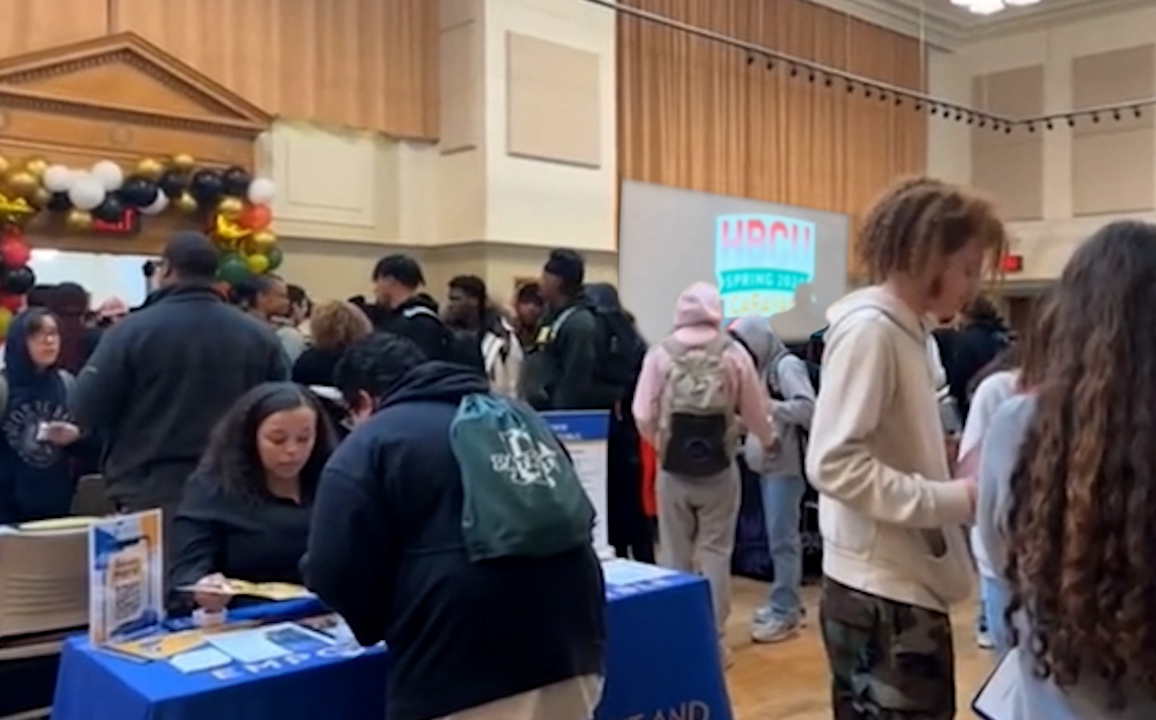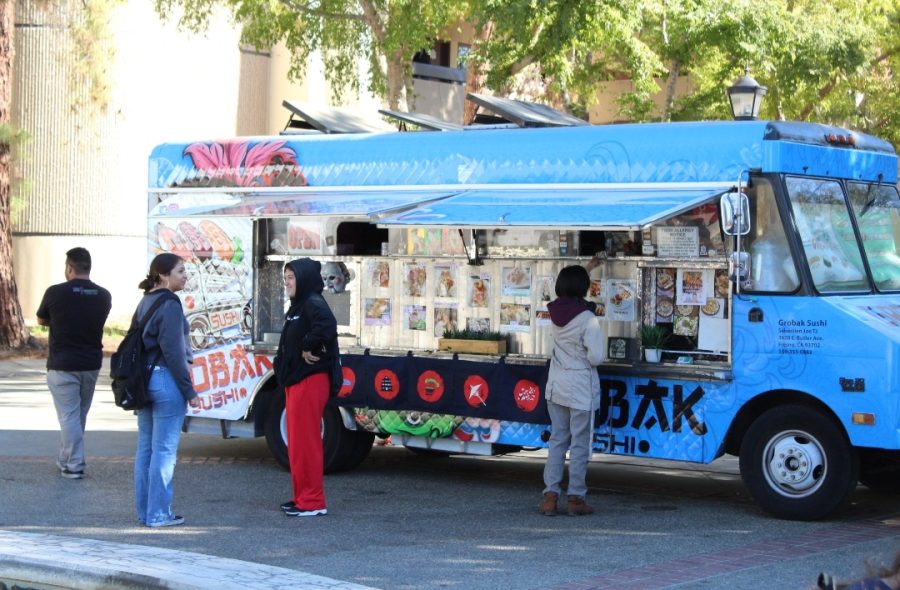Imagine being 14 years and carrying the weight of history on your back.
That is exactly what Carlotta Walls Lanier did in Little Rock, Arkansas in 1957. Lanier and eight other African American teenagers (known as the Little Rock Nine) made history when they became the first Blacks to attend Central High School in Little Rock Arkansas. The Little Rock Nine challenged prevailing attitudes and helped pave the way toward school integration in America.
Carlotta Walls Lanier, who spoke to a packed house at Fresno City College on Friday Nov. 13, wrote in her new memoir, A Mighty Long Way: My Journey to Justice at Little Rock Central High School, with Lisa Frazier Page, an editor and award-winning reporter at the Washington Post, that the event changed her life tremendously.
Lanier’s story took place in the 1950s, in the deeply segregated Jim Crow South, when blacks and whites could not drink from the same water fountains, and blacks could not be served publically in a restaurant. It was also just a few years after the Supreme Court ruled that black children were entitled to the same education as whites.
According to Lanier’s memoir, on that day, she and eight other black students were greeted by an angry white mob that waved Confederate flags, jeering and screaming, “nigger, nigger, nigger.” When the Little Rock Nine finally reached the school door, the Arkansas National Guard, under orders from Orval Faubus, governor of Arkansas at the time, blocked them.
“I was certain that when they saw us, they would step aside and allow us through,” LaNier, who was 14 at the time, writes. “They were, after all, there to protect us and keep out the troublemakers, I thought. But not one of them budged. … Ernie, the only senior among us, spoke up: ‘You’re not going to let us in? Is that what you’re telling us?’, The officer repeated his order for us to leave. His men stood resolutely in formation, still blocking us out, their rifles slung across their chest. Our group stood there for a moment, not quite sure what to do. And then the ministers turned and led us silently away,” said Lanier.
President Dwight D. Eisenhower prevailed in the end, sending in the 101st Airborne to escort the students into the building and to bring order to the situation.
It has been nearly 50 years since the Little Rock Nine integrated at Little Rock Central High. Lanier said she had pretty lived in anonymity and avoided telling her story.
“I didn’t talk it about it for 30 years. I didn’t introduce myself as one of the Little Rock Nine. I didn’t want to. I had no intentions of ever returning to Little Rock. I got on the train the day after graduation and never looked back,” she told a Black Voices interviewer shortly after her book was published.
She even kept the story from her family until she couldn’t anymore. “My husband and I told them in 1981, when ‘Crisis at Central High,’ a made-for-television movie about the incident, was about to air. It took me a long time to tell my husband, but I told him before we were married,” she told the Black Voices interviewer.
During her appearance at FCC, Lanier read a few passages from her book, focusing on her early years in Central High. She read about how Central High was only a few blocks away from her residence yet so far because she was excluded. She said life would have been easier if more people had taken a stand for the right thing.
Lanier remembers students at Central High as falling into three categories: the first and smallest group consisted of the ones that can easily be identified as “those students that were determined to make our lives miserable.” She said, “They were the ones who called us derisive names, spat on us, kicked, hit, pushed, and slammed us into lockers and down the stairs.”
The second group, she explained, included those who were clearly sympathetic “even if they didn’t outwardly show it or jumped in on our defense in times of trouble.” Lanier said, “You can tell by their kind eyes which on our worst days seemed to say, ‘I am sorry this is happening to you’.”
The majority of students in Central High, she said fell into the third group, “those who kept silent.” Lanier said, “They did not torment us, but they didn’t extend themselves to us in any way either. They did not want to be associated with either side. They chose to be invisible or neutral as if remaining neutral in the face of evil were an acceptable just choice.”
Responding to a question on whether race relations were better, Lanier answered “yes” but that race relations are not solved. “Don’t think that just because we have an African American president in the white house that everything is hunky dory. We have to help him, to put the country back where it belongs,” she said. Carlotta Walls Lanier and the rest of the little rock nine were invited to President Barack Obama’s Inauguration in January 2009.
Lanier’s book was published by One World Books with a foreword written by former president Bill Clinton. The youngest of nine black students to integrate central high school in little rock Arkansas in 1957, Lanier was 14 years old at the time and the first black female to graduate from Little Rock Central High (1960). She lived in Fresno from 1982 to 1985.
Lanier said she was urged to tell her own story even though many of the Little Rock Nine had already written their accounts of that historical moment. She said, “Each of us has a story, no greater nor lesser, just different.”



